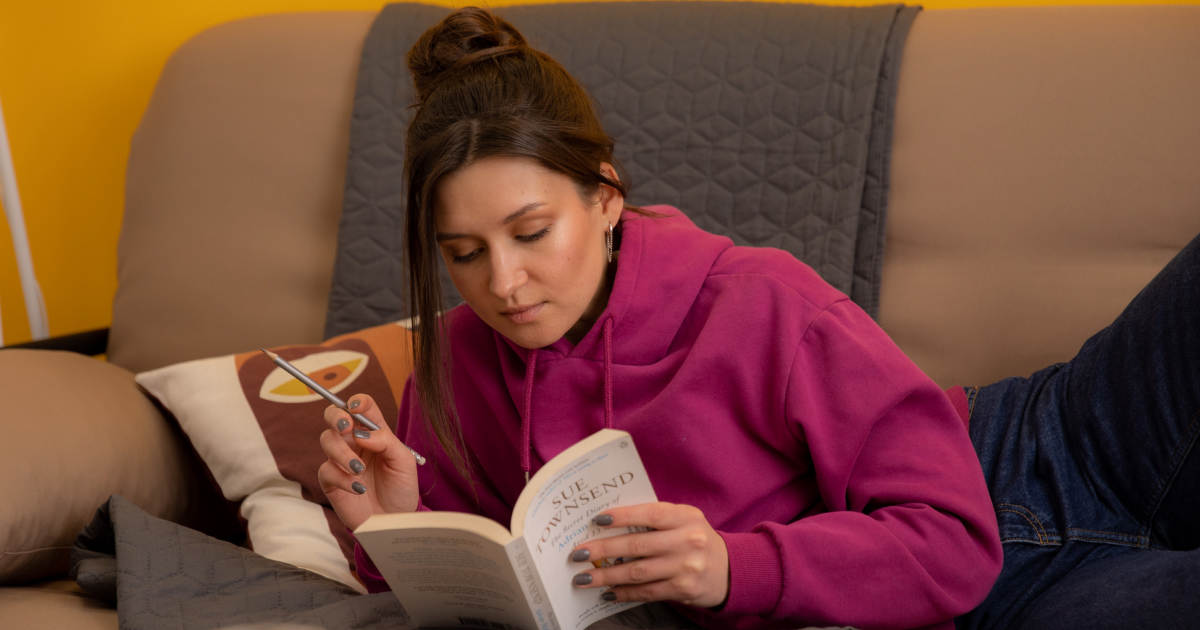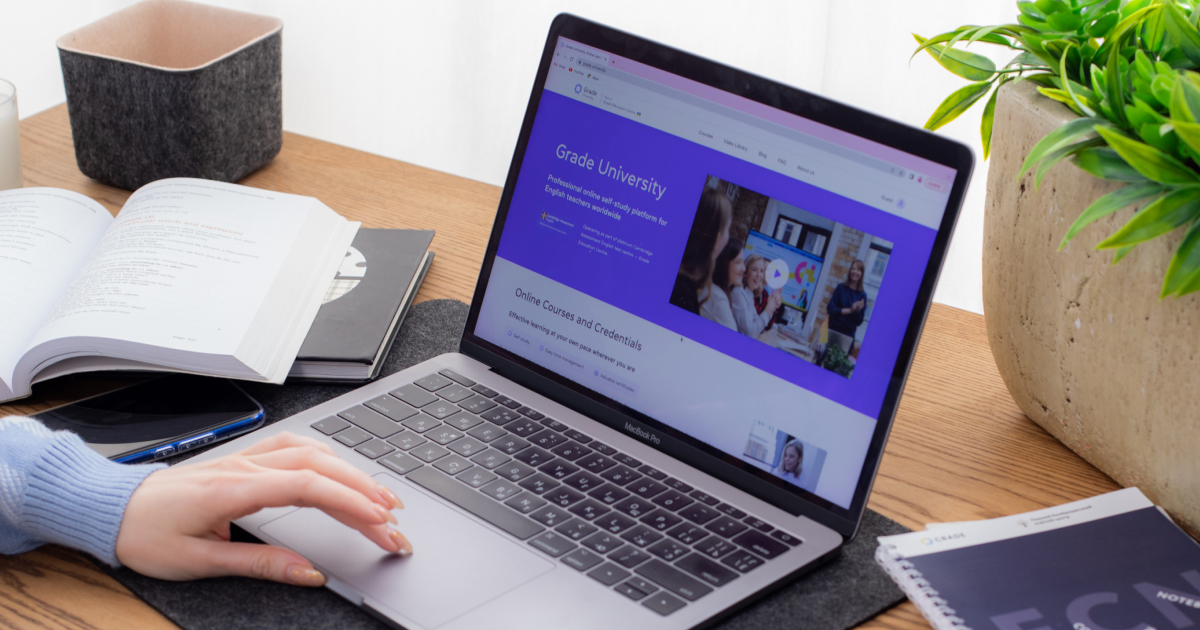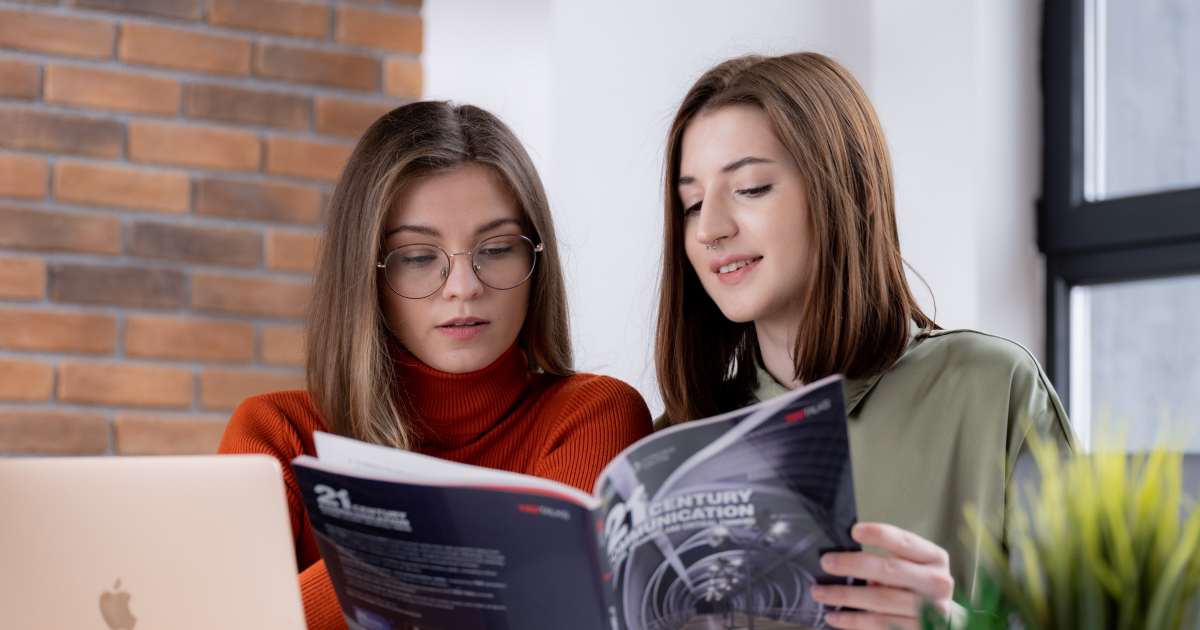What do we teach when we teach speaking?
- Speaking
- Pronunciation
- Cambridge English
- Teaching qualifications
- Activities
- Tips & Strategies
- Methodology

09.07.2024
In an era where technology and media have become integral components of daily existence, the domain of language education is adapting to these advancements. Language educators now grapple with a pivotal inquiry: how can these novel resources be harnessed to enhance learning?
In this article, we delve into the captivating realm of authentic materials, such as films and series on Netflix, as well as news articles, to examine their significance in language instruction.
Are you ready to uncover methods to infuse your lessons with dynamism and engagement, and to boost the efficacy of your instruction? Let's inspire your students to embark on an enthralling journey of language acquisition!
Do you use authentic materials such as Netflix and news articles in your classes?
Imagine studying a second language solely through textbooks filled with contrived dialogues and outdated phrases. Such an approach to learning can seem dry and uninspiring, wouldn't you agree?
But what if, instead, you immersed yourself in a world where the language pulsates with vibrancy and vitality? This exemplifies the unique potential of materials — real films, TV series, and news articles.
These resources transcend the superficial acquisition of vocabulary and grammatical frameworks, offering a rich, dynamic experience that reflects the language in its most natural and engaging forms.
Authentic materials reveal the language as it is naturally used. By listening to dialogues from your favourite series on Netflix or reading the latest news, students are exposed to genuine accents, intonations, slang, and idioms that bring the language to life. These are not just words on a page; they are real voices and stories that come alive on the screen or in print.

Employing authentic materials also boosts students' motivation. What's the point of mastering a language if it isn't meant to be used in real-world contexts?
Imagine the realisation that you can relish your favourite shows without the need for captions or read articles in their original language. Isn't that truly inspiring? When students witness their knowledge unlocking such possibilities, their interest and enthusiasm for learning surge dramatically.
These materials also unveil the cultural and social dimensions of the language.
Films and TV series demonstrate how individuals communicate in various contexts, highlighting how cultural traditions and norms shape their speech.
One can note that by watching films in their original language, you finally have the opportunity to hear the authentic voices of your favourite actors, rather than the dubbed voices in your native tongue.
When it comes to news articles, they assist in keeping abreast of global events, broadening one's horizons and deepening the understanding of worldwide issues.

When students delve into films and series in their original language, they absorb authentic conversational turns, intonations, expressions, and accents that are often overlooked in textbooks.
This contextual approach not only aids in memorising new words and grammatical structures but also deepens comprehension of their application in real-life scenarios.
For instance, through watching a series, students can not only hear how native speakers interact but also observe how various socio-cultural aspects influence character communication.
Netflix offers a diverse range of content catering to all tastes and interests, from popular Hollywood blockbusters to cult series.
This varied palette enables students to select materials that align with their language proficiency level and preferences.
For instance, animated films and series like "Zootopia" or "Finding Dory" are suitable for novices, employing simple vocabulary and a leisurely pace of speech.
Advanced learners, on the other hand, may opt for complex dramatic series such as "The Queen's Gambit" or "The Crown", known for intricate speech patterns and a rich vocabulary.

How to use digital comics in teaching writing
Find outWhen you utilise films and TV series for mastering a new language, you not only enhance your listening abilities but also actively cultivate other linguistic proficiencies.
Teachers can assign engaging homework tasks, such as compiling a list of unfamiliar phrases and expressions from a series that students are required to watch at home.
After familiarising themselves with new words, students can then discuss the series in groups, exchanging opinions and analysing characters and plotlines, incorporating the newly learned phrases into their speech.
Interactive sessions of this nature assist students in honing their conversational skills and fostering confidence in communication.
Furthermore, they facilitate a deeper comprehension of the language's structure and the cultural nuances depicted in television series.
Practise grammar and vocabulary with flashcards!
A key advantage of using Netflix as an educational resource is the ability to utilise subtitles in different languages.
This feature enhances accessibility during viewing, enabling students to easily follow the plot without missing details or overwhelming themselves with complex linguistic content.
How can students be engaged in the study of the English language at a deeper level? One highly effective approach is the incorporation of news articles into the learning process.
Immersing ourselves in the world of articles, we encounter an endless stream of information brimming with current events and global topics.
Reading and then discussing the article
For instance, you can divide students into two groups to read two scientific articles on a chosen topic. Subsequently, each group presents the main ideas of their reading and answers questions posed by the other group. This activity will aid in developing reading skills, analysing the reading material, and enhancing conversational proficiency.
As an alternative you could do the information gap activity, where you divide your students into groups, giving each group its own section of the article to read and study. Once the groups are ready, move on to the main stage of the lesson.
Each group will then sequentially present their section of the text, summarising its main content and answering questions from other groups. The other groups, without access to these sections, must listen carefully and ask clarifying questions.
In such a way, they fill in the information gap and have the purpose to listen to each other because their partners have the information they lack.

Analysing new vocabulary from the articles
While reading an article, students are bound to encounter unfamiliar phrases.
As a teacher, you divide your students in pairs and ask them to search for definitions. Then student A explains the definitions to Student B and vice versa.
After familiarising themselves with the vocabulary, students can take turns asking questions related to the article, and the respondent must use at least one new phrase in their answer.
Writing an essay or a review
This is straightforward: assign your students to write a text exploring the topic and main ideas of the news or scientific article. Such an activity will help them analyse information, express their thoughts, and propose possible solutions to the discussed problem.

Make your online classes even more engaging!
Read hereWhen it comes to the choice between watching films and TV series or reading news articles as authentic materials for learning English, which path would you prefer?
Films offer captivating narratives, diverse characters, and cinematic craftsmanship, immersing viewers in a visual and auditory experience that can be likened to linguistic immersion.
You do not merely listen and read; you see and hear the language in action, in its natural form.
Conversely, news articles present current events and analysis, lifting the veil on the world of real data and opinions.
By engaging with news content, students can broaden their vocabulary in the realm of contemporary topics, deepen their comprehension of linguistic frameworks in authentic contexts, and hone their critical thinking abilities.
Thus, the choice between films, TV series, and news articles hinges on your goals and preferences: do you wish to delve into the world of fantasy and cinematic art, or stay abreast of the latest happenings and analyses?
Each method presents distinct opportunities for language acquisition, catering to various types of learners and their educational aims.
Whether seeking to appreciate the nuances of fictional storytelling or to grasp the intricacies of current events, both approaches offer valuable and complementary pathways for enhancing linguistic proficiency.

Summing up, the incorporation of authentic materials in English language education transcends mere academic activity, offering a gateway to the vibrant and dynamic essence of the language.
When students engage with real films, TV series, and news articles, they are not just learning words and grammar; they are delving into cultural contexts and societal debates.
This engagement stimulates cognitive processes, expands perspectives, and increases motivation, effortlessly integrating the learning journey into the flow of their daily lives.
Utilise these materials as keys to comprehension and inspiration, allowing your students to perceive the English language not merely as a communication tool but as a gateway to a world of knowledge and opportunities.
May each step on their educational journey bring new discoveries and confidence in their linguistic abilities.
Ultimately, this will not only enhance their language skills but also enrich their overall erudition and understanding of global processes.
The inclusion of authentic materials will better equip students for real-life situations, forging a bridge between theory and practice.
Kateryna Kuchynska
Author
Content Manager | Teacher of General English
Comments
Leave your comment